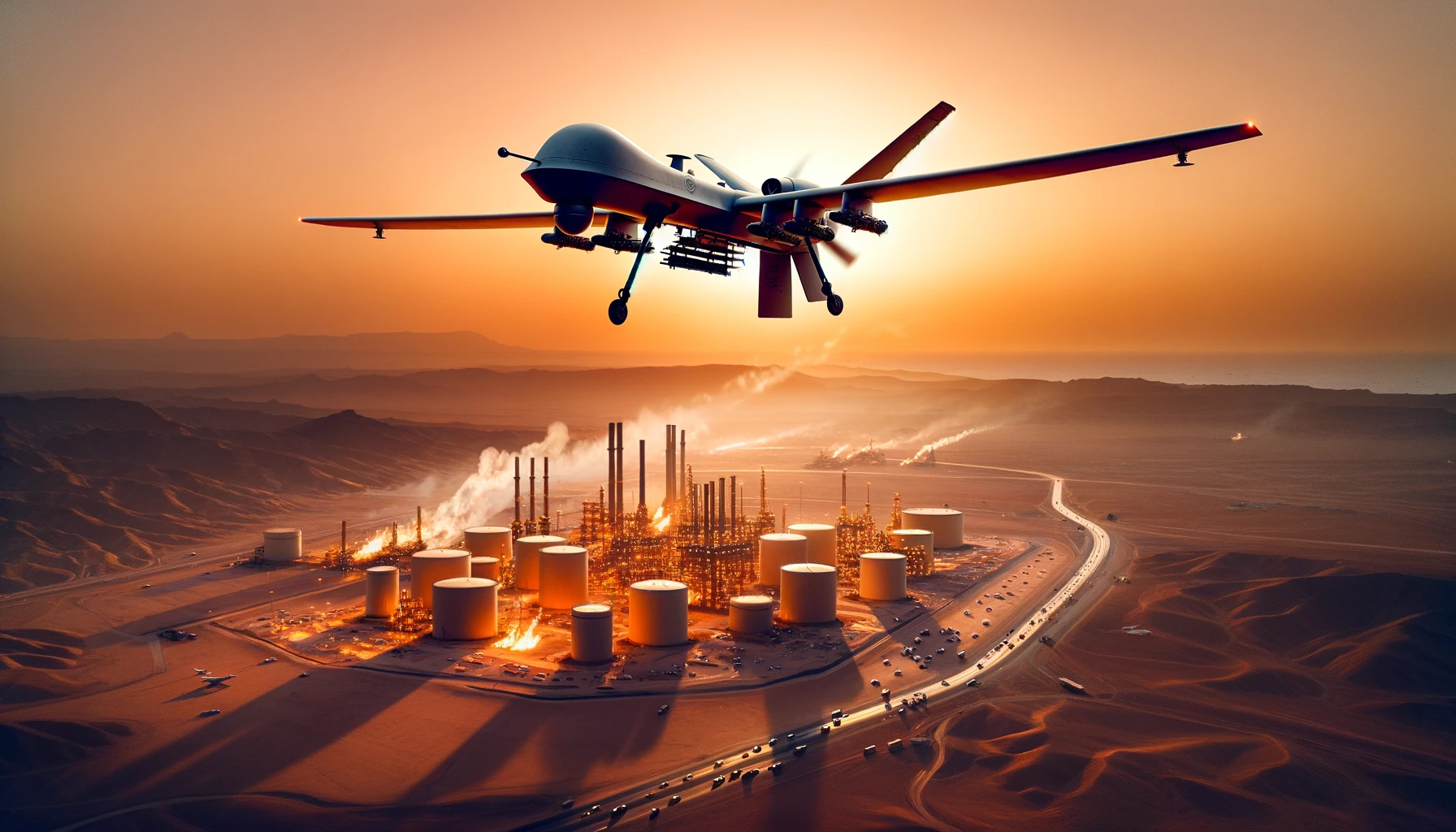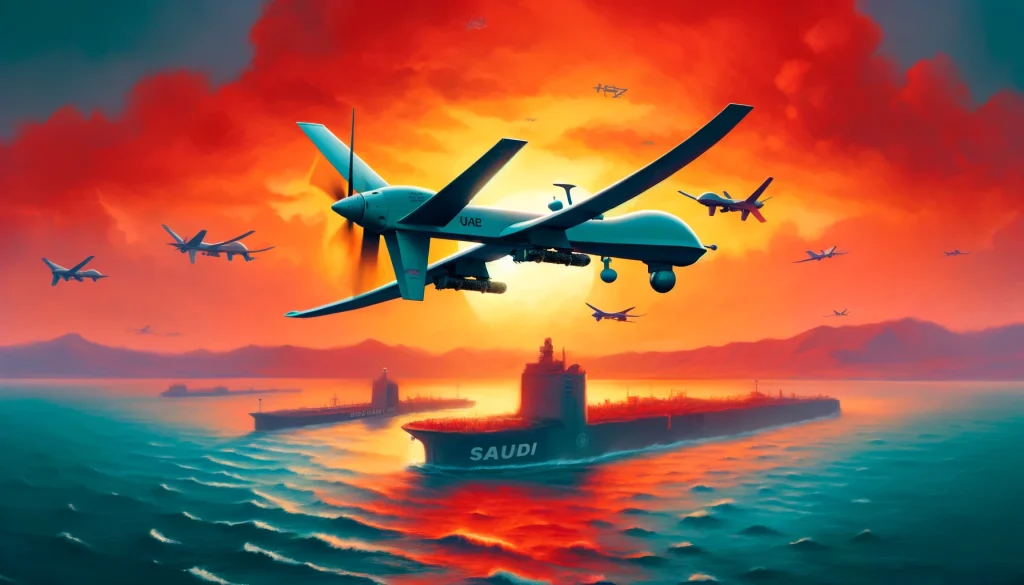
In the complex and multifaceted conflict in Yemen, one of the most significant developments has been the Houthi rebels’ adoption and use of drones. This capability has not only altered the tactical landscape of the war but also highlighted a shift in modern asymmetrical warfare. The Houthi movement, officially known as Ansar Allah, has increasingly relied on drones to conduct surveillance, gather intelligence, and launch attacks, fundamentally changing their engagement strategies against more technologically advanced adversaries such as the Saudi-led coalition.

The use of drones by the Houthis began to garner significant attention around 2017, as reports of drone attacks on Saudi infrastructure and military targets became more frequent. These drones, often described as rudimentary compared to more advanced models used by wealthier nations, have nonetheless proved to be effective tools for the Houthis. They have employed both fixed-wing and quadcopter drones, adapted for various uses including the deployment of explosives.
The drones used by the Houthis are believed to be manufactured locally with the support of Iran, although the extent of external assistance is a subject of international debate. These unmanned aerial vehicles (UAVs) are typically made from commercially available components, which makes them relatively inexpensive and easy to assemble. The models include the Qasef-1, which is said to be a copy of the Iranian Ababil-2, designed specifically for kamikaze attacks, crashing into their targets and detonating on impact.
The strategic use of these drones allows the Houthis to extend their operational reach, giving them the ability to strike at targets deep within Saudi Arabia. This capability has introduced a new dimension to the conflict, forcing the Saudi-led coalition to invest heavily in counter-drone technologies and strategies. The Houthi drone attacks have targeted military bases, airports, and oil facilities, creating not only immediate disruption but also long-term economic and psychological impacts.
The use of drones by the Houthis has significant implications for international warfare tactics. It demonstrates how non-state actors can acquire and utilize technology to challenge larger, better-equipped forces, complicating traditional defense strategies. The relatively low cost and accessibility of drone technology mean that it can be employed by groups with limited resources to achieve strategic goals that were previously beyond their reach.
The impact of Houthi drone operations extends beyond the immediate military advantages. Politically, these attacks serve to bolster the Houthis’ standing both domestically and internationally, portraying them as a formidable force capable of defending their territories and interests against external threats. On the psychological front, the unpredictability and reach of drone attacks contribute to an atmosphere of insecurity and tension among their adversaries, stretching the resources and resolve of the Saudi-led coalition.
In response to these challenges, there have been international calls for regulations and controls on drone technology, highlighting the need for a new framework to manage the proliferation and use of UAVs in conflict zones. The situation in Yemen, underscored by the Houthi use of drones, reflects a broader trend of the democratization of technology in modern conflicts, where the power dynamics of warfare are increasingly influenced by the availability of low-cost but high-impact technologies.
As the conflict in Yemen continues, the role of drones is likely to evolve further, with both sides seeking to enhance their capabilities. The Houthi use of drones is a stark reminder of how innovation in warfare often comes from necessity, and how it can fundamentally alter the strategies and outcomes of conflicts.
Images depicting a Houthi UAV strike deep inside Saudi Arabia, targeting a strategic oil facility at dusk.
Images depicting drones used by the Houthi rebels flying over the Red Sea, with a backdrop of Saudi Arabian coastal defenses.